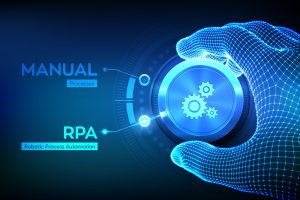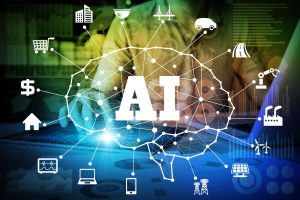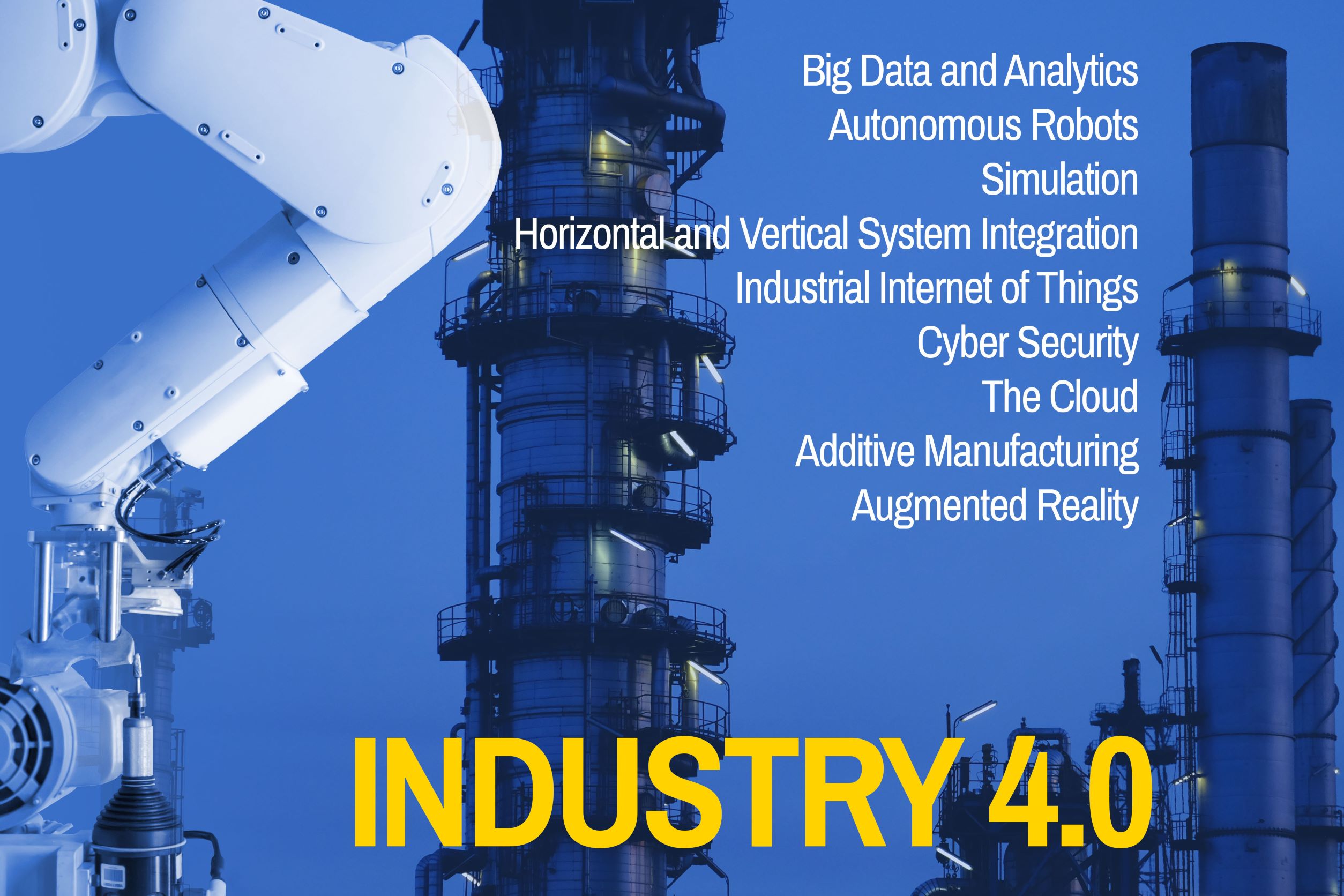The goal of using Intelligent Automation
The goal of using Intelligent Automation (IA) is to achieve better business outcomes through streamlining and scaling decision making across businesses. IA adds value to business by increasing process speed, reducing costs, improving compliance and quality, increasing process resilience and optimising decision results. Ultimately, it improves customer and employee satisfaction and improves cash flow and EBITDA and decreases working capital.
What is Intelligent Automation?
IA is a concept leveraging a new generation of software based automation. It combines methods and technologies to execute business processes automatically on behalf of knowledge workers. This automation is achieved by mimicking the capabilities of knowledge that workers use in performing their work activities (e.g., language, vision, execution and thinking & learning).IA effectively creates a software-based digital workforce that enables synergies by working hand-in-hand with the human workforce.
On the simpler end of the spectrum, IA helps perform the repetitive, low-value add and tedious work activities such as reconciling data or digitising and processing paper invoices. On the other end, IA augments workers by providing them with superhuman capabilities. For example, it provides the ability to analyse millions of data points from various sources in a few minutes and generate insights from.
Three key components of Intelligent Automation
IA consists of three key components:

Business Process Management with Process Mining to provide greater agility and consistency to business processes.

Robotic Process Automation (RPA). Robotic process automation uses software robots, or bots, to complete repetitive manual tasks. RPA is both the gateway to artificial intelligence and can leverage insights from Artificial Intelligence to handle more complex tasks and use cases.

Artificial Intelligence. By using machine learning and complex algorithms to analyse structured and unstructured data, businesses can develop a knowledge base and formulate predictions based on that data. This is the decision engine of IA.
Where and how to start with Intelligent Automation?
Implementing Intelligent Automation might come across as a daunting endeavour, but it doesn’t need be. Like any business leader, you will have a keen eye on accelerating operations performance, which in essence is improving the behaviour and outcomes of your business processes. Process Mining is a perfect tool to help you with that.
Process Mining is a data-driven analysis technique, i.e., analysis software, to objectively analyse and monitor business processes. It does this based on transactional data that is recorded in a company’s business information systems. The analysis software is system agnostic and doesn’t need any adaptation of your systems. Process Mining provides fact-based insight into how processes run in daily reality: all process variants (you will be surprised how many variations of one process there actually are in your business) and where the key problems and opportunities lie to improve process efficiency and effectiveness.
Process Mining is also an excellent way to prepare the introduction of Robotic Process Automation, which could be the most relevant next step on your IA journey. Process Mining can be purely used as an analysis tool, but it can also be installed permanently to constantly monitor the performance of and the issues in the processes. It is a non-intimidating approach and a gradual implementation of Intelligent Automation.
The importance of a company-wide vision and shared roadmap
However, at some point, rather sooner than later, it is important to establish and communicate a comprehensive, company-wide vision for what you want Intelligent Automation to achieve: how will automation deliver value and boost competitive advantage. You need a shared roadmap for a successful implementation that covers processes, technology (including legacy systems), people & competencies and organisation.
Such a shared Intelligent Automation/Industry 4.0 Roadmap ensures a consistent, thoughtful approach to selecting, developing, applying, and evolving the IA/I4.0 structure to achieve the intended impact. The Axisto Industry 4.0 Maturity Assessment (AIMA) is an effective way to create such a shared implementation roadmap.
The crux to success lies in a wide-range of people-oriented factors

Importantly, the biggest challenge for a company is not in choosing the right technology, but in having a lack of digital culture and skills in the organisation. Investing in the right technologies is important – but the success or failure does not ultimately depend on specific sensors, algorithms or analysis programs. The implementation and scaling of Intelligent Automation/Industry 4.0 requires a fundamental shift in mindset and behaviours at all levels in the organisation. The crux to success lies in a wide range of people-oriented factors.






